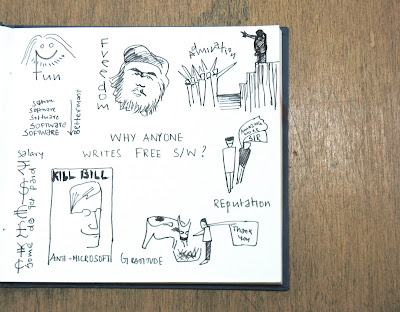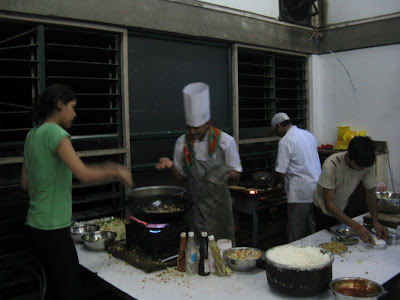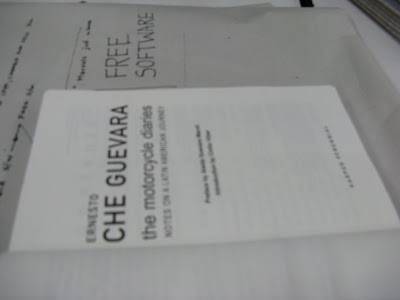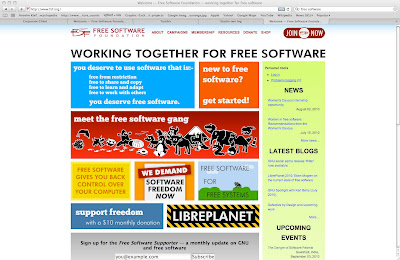The problems related to floss for designers was broken into different scenarios.
a) Miscommunication or no communication about FLOS softwares to designers
b) Designers facing challenges while consuming FLOS softwares
c) Designers not participating in the development of FLOS softwares meant for them.
d) Designers not participating in the development of FLOS softwares meant for all ( Non designers ).
All these problems are analyzed for their root causes. Few major root causes are poor usability of FLOS softwares because of :
a) Developers having less motivation to develop softwares for non-personal use.
b) Developers having lesser clarity about the software requirement and depending on proprietary software features.
While searching for solutions the answer was found in the problem itself in most of the cases.
a) Better the development of immature FLOS softwares by designers participation in FLOS software development as customer, co-designer.
b) Promote and adopt the successful FLOSS and their philosophies.
Below captures all of this





































